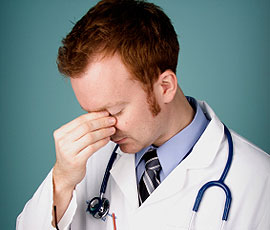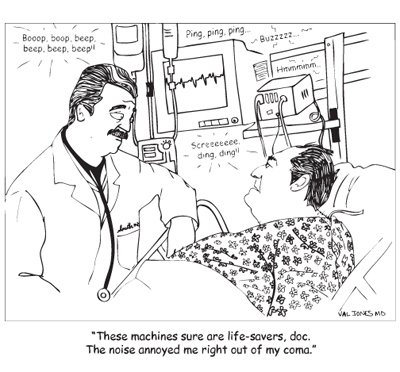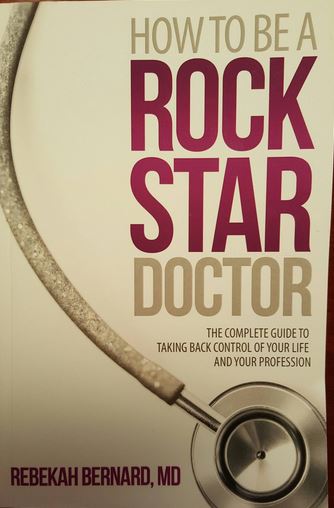October 1st, 2010 by KevinMD in Better Health Network, Health Policy, News, Opinion
No Comments »

The average medical school debt today, according to the Association of American Medical Colleges, is $156,456.
The United States is the only country in the world were future doctors have to bear such a financial burden of their education. That places significant strain on any relationship involving an American medical student.
Recently, there was an interesting piece in the New York Times discussing this very issue. The article profiled a female medical student who had amassed $250,000 of school debt:
Still, if she and [her boyfriend] Mr. Kogler are going to move in together and get engaged, she wants their financial arrangements to be clear and fair. But how do you define fair when you’re bringing a quarter of a million dollars in debt to a relationship?
Indeed. It’s an issue that’s rarely discussed, yet frequently encountered by medical students. With that degree of debt, there is little room for flexibility should one’s future plans change. You have to continue working to pay off the loan. Read more »
*This blog post was originally published at KevinMD.com*
August 17th, 2010 by Happy Hospitalist in Better Health Network, Opinion, True Stories
No Comments »

Ever wonder what a day in the life of a medical student is like? A father of two, a husband of one, and a medical student and soon-to-be doctor of many describes his daily routine in one day in his life as a second-year medical student.
I heard one of my partners describing a friend of hers recent exit as an intensive care unit nurse and into the life of a medical student. How did the RN describe his experience?
“Man, this is hard.”
Yes, it is. No matter how many years you spend as a nurse, there is no replacement for a medical school education.
*This blog post was originally published at The Happy Hospitalist*
July 30th, 2010 by RyanDuBosar in Better Health Network, Health Policy, News, Research
No Comments »

Study painting, drama or the “soft” social sciences and you’ll probably be a pretty good doctor anyway. Mt. Sinai School of Medicine has been doing it for years and compared students in a special liberal arts admissions program to its traditional pre-med students.
For years, Mt. Sinai has admitted students from Amherst, Brandeis, Princeton, Wesleyan, and Williams colleges based on a written application with personal essays, verbal and math SAT scores, high school and college transcripts, letters of recommendation, and personal interviews. No MCAT is required.
Students need to take one year of biology and one year of chemistry and maintain (swallow hard) a “B” average. They later get an abbreviated course in organic chemistry and medical physics. Read more »
*This blog post was originally published at ACP Internist*
July 14th, 2010 by KevinMD in Better Health Network, Health Policy, News, Opinion
No Comments »

There’s little question that medical school debt is rising rapidly, affecting the career choice of medical students.
It’s one of the main reasons why the disparity between the number of specialists and primary care doctors is widening. There have been a variety of proposed solutions — most recent of which are medical schools completely subsidizing their tuition. I think that’s a good step forward, but so far has only been limited to a few schools nationwide. Read more »
*This blog post was originally published at KevinMD.com*
June 4th, 2010 by Toni Brayer, M.D. in Better Health Network, Health Policy, Health Tips, News, Opinion, Research, True Stories
No Comments »

 From Dr. Toni Brayer at Everything Health:
From Dr. Toni Brayer at Everything Health:
We medical folks have always known that July is the worst time for a patient to be admitted to the hospital. It has nothing to do with nice summer weather or staff vacations. Although it cannot be proven, we think the answer to the mystery of July hospital errors is human — yes, it’s the new interns.
A new study published in the June issue of the Journal of General Internal Medicine looked at all U.S. death certificates from 1979 to 2006. They found that in teaching hospitals, on average deadly medication mistakes surged by 10 percent each July. The good news is they did not find a surge in other medical errors, including surgery or in non-teaching hospitals. Read more »
*This blog post was originally published at ACP Internist*





 From Dr. Toni Brayer at
From Dr. Toni Brayer at 







